Fushing Hsiang, located in the mountains of central Taiwan, is an area rich in both natural beauty and native traditions. These two attractions have helped to make the region one of Taiwan's fastest growing tourist areas. The tourist presence, however, has induced rapid modernization, and in turn influenced the area's aboriginal population. With the help of the government, and through the efforts of its people, Fuhsing Hsiang is adapting to the modern world while preserving the heritage of its past.
Fushing Hsiang (a term that refers to a rural administrative unit), has an area of 351 square kilometers. Mountains cover the entire region, rising in elevation from 500 meters in the north to over 2,000 meters in the southeast. Forest clad mountains, rushing rivers, and cascading waterfalls are nestled in this secluded territory. The landscape is largely undisturbed by traffic routes. Ta Hsi, in the north, is virtually the only port of entry to the region. The lack of access to the outside world has profoundly affected the development of the area.
While the region occupies one-third of Taoyuan County, it accounts for only one percent of the total population. In Fushing Hsiang, some 70 percent of a total population of 12,000 are of the Taiya aboriginal group.
Until the recovery of Taiwan from Japan in 1945, the Taiya lived a very traditional lifestyle. Seminomadic, they lived off the bounty of the forest and supplemented their hunting and gathering with a form of 'slash and burn agriculture'. A tribe would clear a patch of forest, burn the foliage and use the ashes as fertilizer. The recovered land was planted until the soil nutrients were exhausted and then the tribe moved on. Millet was the staple crop, grown both as a foodstuff and for the brewing of wine.
The Taiya had a number of unique customs that, unfortunately, have been lost over the years. Chief among these were the arts of tattooing and singing.
According to Taiya legend, in ancient times there was a large boulder perched atop a high mountain. One day the boulder shattered, and a girl and a boy emerged. When the boy and girl grew up, the girl worried that their brother-sister relationship would prevent her from having children. Fearing her brother would not agree to a marriage, she told him that an eligible bride lived in a nearby mountain cave. She then blackened her face and went to the cave, tricking her brother into marriage. Their descendents founded the Taiya nation.
This legend is the basis for the Taiya practice of body tatooing at the onset of maturity. Tattoos were also considered a cosmetic enhancement. Males tattooed their foreheads and chins, while females tattooed their cheeks. Girls were first tatooed when they had mastered the domestic arts of weaving and sewing. Men underwent tattooing when they completed the 'rite of manhood'. In this rite, men went alone into the forest to kill a wild boar. Only tattooed men and women were considered eligible for marriage.
Singing was used both to express happiness and as a form of communication. Because of the rugged topography, tribes were often separated by great distances. Songs were a means of relaying messages. In courtship, a matchmaker relayed the respective wishes of the intended couple through song.
The most important event in traditional Taiya life was a bi-annual harvest celebration. Called Fengnian-chi, it was held once in May or June at the end of the harvest, and again in December just before the planting. The celebration was a colorful, merry affair. Visiting among the small tribes which populated the Fuhsing area was a main event. Such celebrations often lasted for more than a month. The men hunted wild game to roast, while the women prepared millet wine. The wine flowed freely and the villagers sang and danced to express thanks for an abundant harvest or hopes for a fruitful crop.
As Taiwan developed under the management of Chinese settlers, contacts between the two groups became more frequent. The proximity of Fuhsing Hsiang to the market town of Ta Hsi introduced the Taiya to the Chinese earlier than most other aboriginal groups. During the Ching dynasty, Ta Hsi was a thriving commercial center and the Taiya often went into town to trade with the locals. With this constant exposure to the Chinese the Taiya soon became accustomed to their customs and lifestyles. The Taiyas were thus faster assimilated into modern society than other aboriginal tribes.
With the establishment of the government of the Republic of China on Taiwan, the doors of Fuhsing Hsiang were thrown open to the modern world. Government policy in the region has encouraged modernization while giving the people a great deal of freedom to retain native traditions.
Educational policy has been very liberal. Primary school and middle school students do not have to pay for major educational costs. The stringent testing process to select high school and college students has also been relaxed for the Taiya students. Test scores are inflated, permitting these students easier access to the schools of their choices. Each year, Taiya graduates of teacher's colleges return to the area to teach the next generation of Taiya children.
Despite these favorable measures, education of the Taiya has not been completely successful. Only 50 percent of children reach the high school level. According to one local principal, this is because the easy-going Taiya are reluctant to comply with the regimentation of the academic system. Families don't emphasize scholastic achievement as they assume their children will stay in the area and work anyway.
Economic measures to increase the material standard of living have been effective. The mountain lands are reserved for Taiya development by the government. The northern region is a rice growing area, while the southern area, higher in elevation and cooler in temperature, has be come one of the island's leading mushroom producing areas. Other cash crops include peaches, pears and bamboo.
Today most Taiya families enjoy basic modern material comforts and many luxury items as well. Prosperity, however, has introduced new social problems.
The divorce rate among the Taiya is now the highest in all of Taiwan. Traditionally, the Taiya married at about 15 or 16 years of age via a matchmaker's arrangements. Attitudes towards marriage have been influenced by an influx of new social concepts. The divorce problem is believed to be related to a society in transition, and thus is not considered a permanent trend.
Of all the outside influences, none has been more profound than religion. In the little more than 35 years since the first Presbyterian missionaries came to the area, more than 50 churches have been established. Among the representative churches are the Baptist, Seventh Day Adventist and the Roman Catholic church. The early missionaries used material rewards to entice converts, but the Taiya soon came of their own accord, eager to sing and listen to sermons.
Ch'en Chung-hui, the first aboriginal minister, recalls trying days in the early stages of his ministry. The church had to deal with a Taiya penchant for drinking. It took much preaching about not going to heaven before the easygoing Taiya were convinced.
Once the church became well established in the region, it began to function as a meeting place as well. Friends gathered to exchange information about jobs and services, such as the government health clinics. The church now represents a social center in the region.
Tourism is a major source of income encouraging both government and local officials to increase investment in the Fuhsing Hsiang region. With its mountain vistas, and natural forests, it is the ideal getaway for the city-dweller. Pienfu, or Bat Cave as it is called for the thousands of bats which once inhabited it, is a mountain cave large enough to hold 200 people. Chiaopanshan park, with its magnificent view of the environs, was once a summer retreat for president Chiang Kai-shek. The Hsiao Wulai waterfall is a favorite spot for picnickers who come to enjoy its cascading waters and large rock formations. And Lala miracle trees provide some of the best vistas along the Cross Island Highway. With towering fir trees said to be more than 2,000 years old, the winding road offers gorgeous sightseeing.
The Fuhsing Hsiang region of Taoyuan County is at a crossroads in time. If the area is to realize its full potential, the government must take careful steps to develop it without forsaking the native beauties of this region.
(Gerald Hatherly)
[Picture Caption]
1. One of the many mountain tunnels on the Cross Island Highway. 2. A mountain-side home enveloped by fog. Frequent fogs lend an eerie beauty to the environment.
The northern arm of the Cross Island Highway runs through the Fuhsing Hsiang region. 1. The Ta Han bridge provides a panoramic view of mountain scenery. 2. Unique flora abounds in the moist, cool mountain region. 3. Delicate water droplets form beads on mountain grass. 4. The sun's rays sparkle on the waters of Shihmen reservior, created with the erection of the magnificent dam (on left).
1. Mountain-side peach blossoms in full bloom add a dash of color to the mountain green. 2. The damp climate of Fuhsing Hsiang creates an ideal environment for growing mosses, as evidenced by this wooden fence. 3,4. Late President Chiang Kai-shek had a great love for the Fuhsing Hsiang region. 3. President Chiang Kai-shek crossing a hanging bridge. 4. President Chiang Kai-shek took a great interest in the welfare of the area's people. Here he is inspecting an elementary school class. 5. The summer retreat of the late President and his wife. 6. An example of the lush mountain greenery of the region.
1. A pheasant captured by a mountain resident. 2. Large, flavorful mushrooms are Fuhsing Hsiang's major source of income. 3. Mushrooms are dry-roasted in roasting shacks. 4. Trout are now being raised as a commercial venture by mountain residents. 5. Fish ponds used for the fish farming venture. 6. During winter farmers' fields lie fallow. Astragaus sinicus, a common wildflower, is plowed under in the spring, providing the soil with nutrients.
1. Fuhsing Hsiang abounds in a variety of lovely wild orchids. 2. The fragrant peach blossom flowers in spring. 3, 4. Bamboo (3), and lumber (4) provide the region with a steady source of income. 5. Baseball is the favorite sport among the area's children. 6. Many students live at the Chiehshou elementary school. 7. The simplicity and innocence of the friendly Taiya people are expressed in the smiling face of this young girl. 8. With an abundance of natural landscape, students have plenty of opportunity to get out of the classroom and back to nature.
1 . Unlike in the overcrowded city, residents of rural areas can dry clothes out of doors. 2. Visitors can still catch a glimpse of the intricate tattoos on the faces of older Taiya people. 3. During the cool, damp winter months, the Taiya like to warm themselves by the stove. Here a man steals a light for his cigarette. 4. Mail is picked up by area residents at a central post office. 5. With his daily paper and his dog, life is complete for this resident of Fuhsing Hsiang.
1. Just one example of the magnificent scenery along the northern arm of the Cross Island Highway. 2. Hsiao Wulai waterfall is one of the region's outstanding scenic spots. 3. A family's slippers are hung on the fence to dry. 4. Lush terraced fields provide exquisite scenery for the visitor to the Fuhsing Hsiang region.
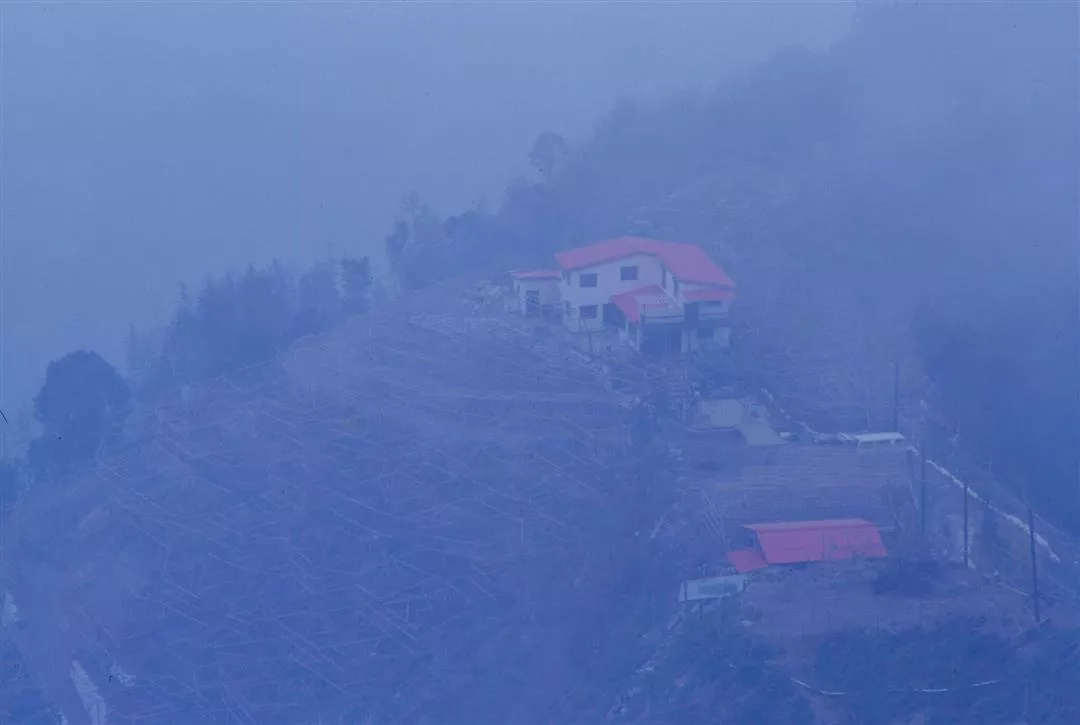
2. A mountain-side home enveloped by fog. Frequent fogs lend an eerie beauty to the environment.
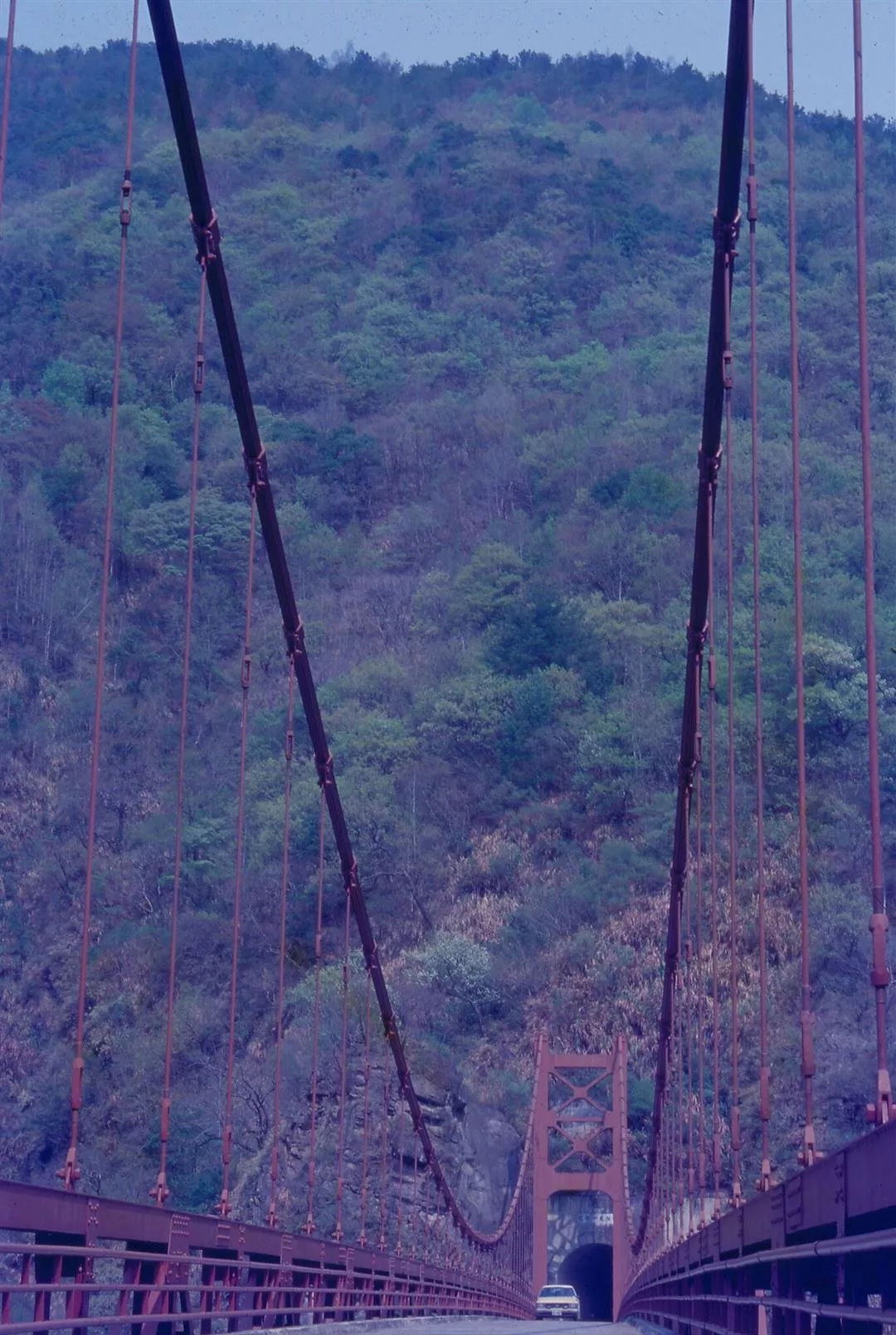
The northern arm of the Cross Island Highway runs through the Fuhsing Hsiang region. 1. The Ta Han bridge provides a panoramic view of mountain scenery.
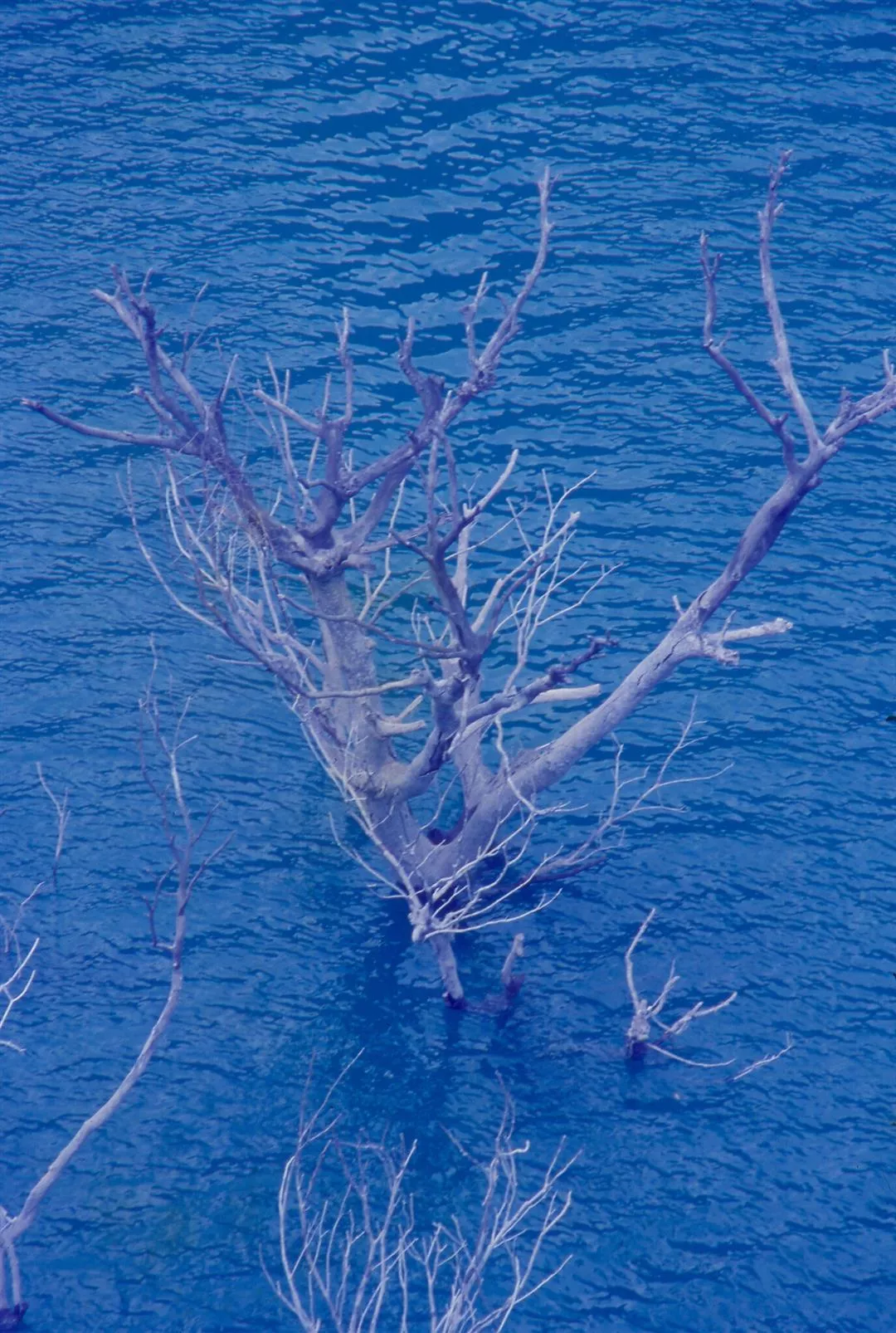
2. Unique flora abounds in the moist, cool mountain region.
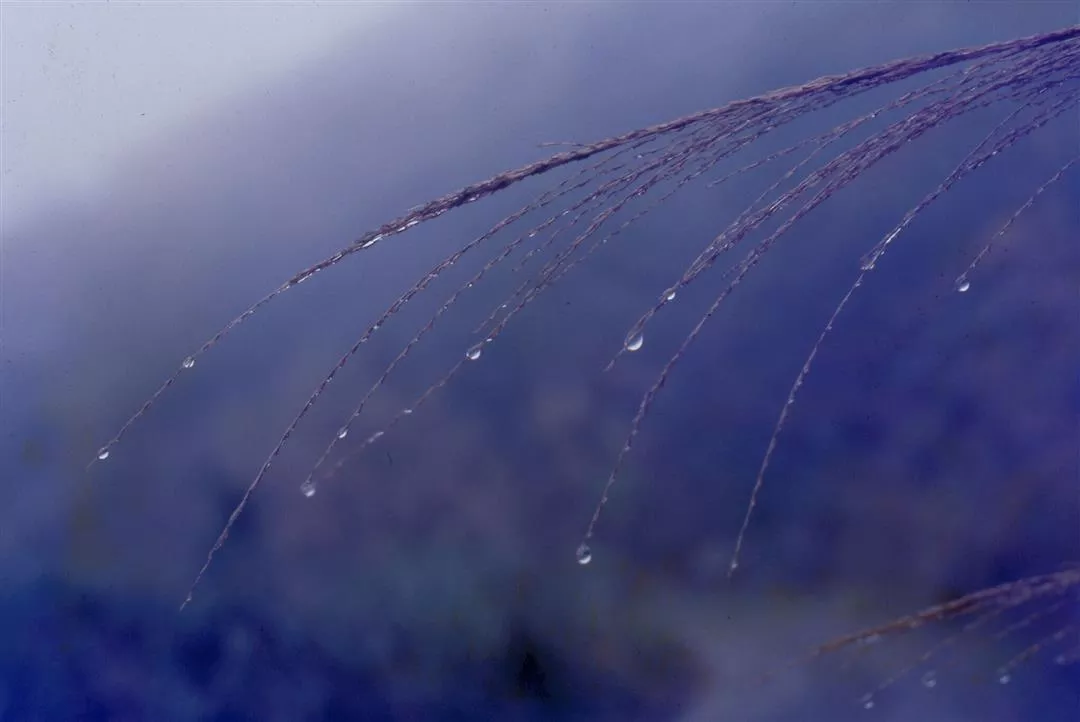
3. Delicate water droplets form beads on mountain grass.

4. The sun's rays sparkle on the waters of Shihmen reservior, created with the erection of the magnificent dam (on left).
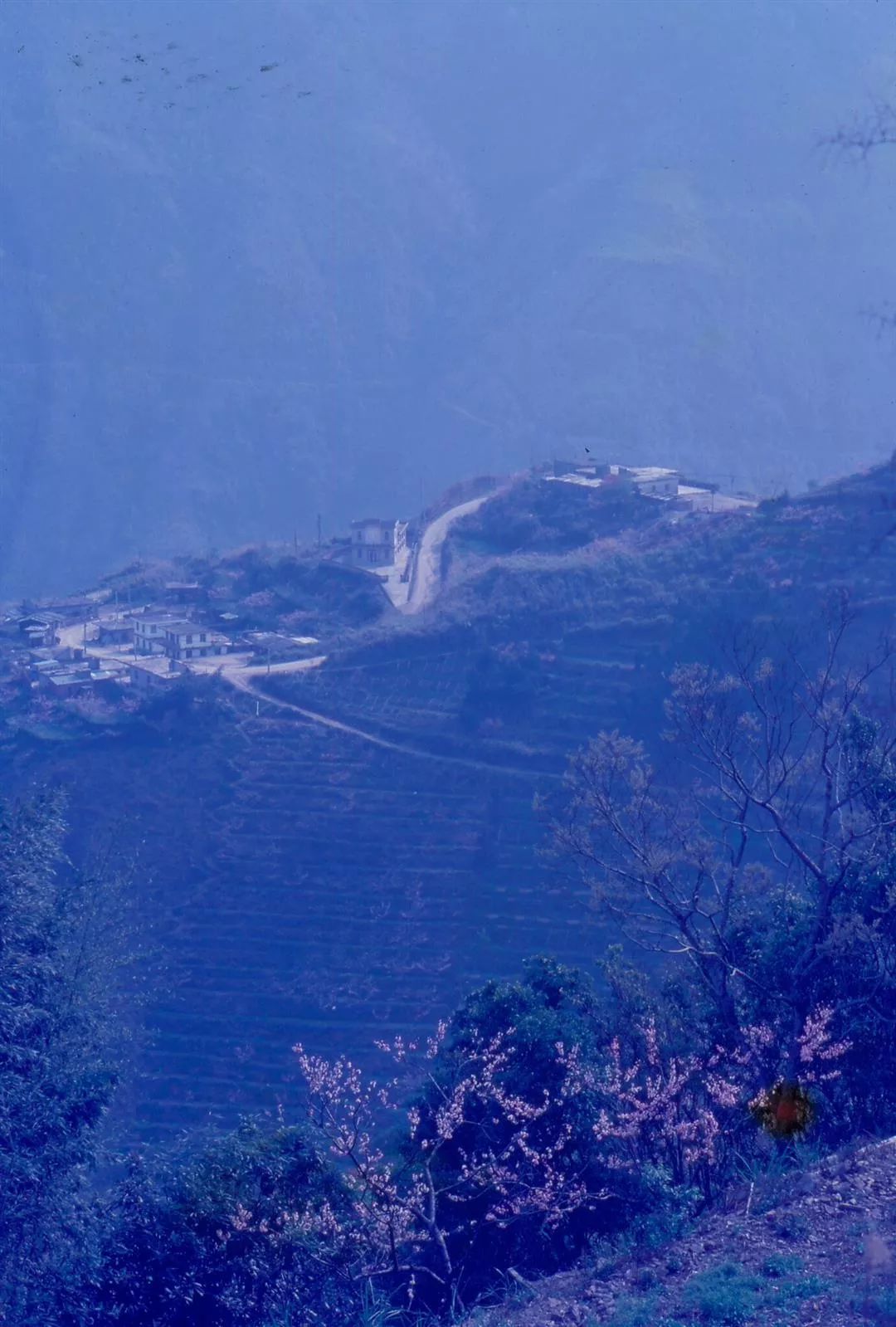
1. Mountain-side peach blossoms in full bloom add a dash of color to the mountain green.
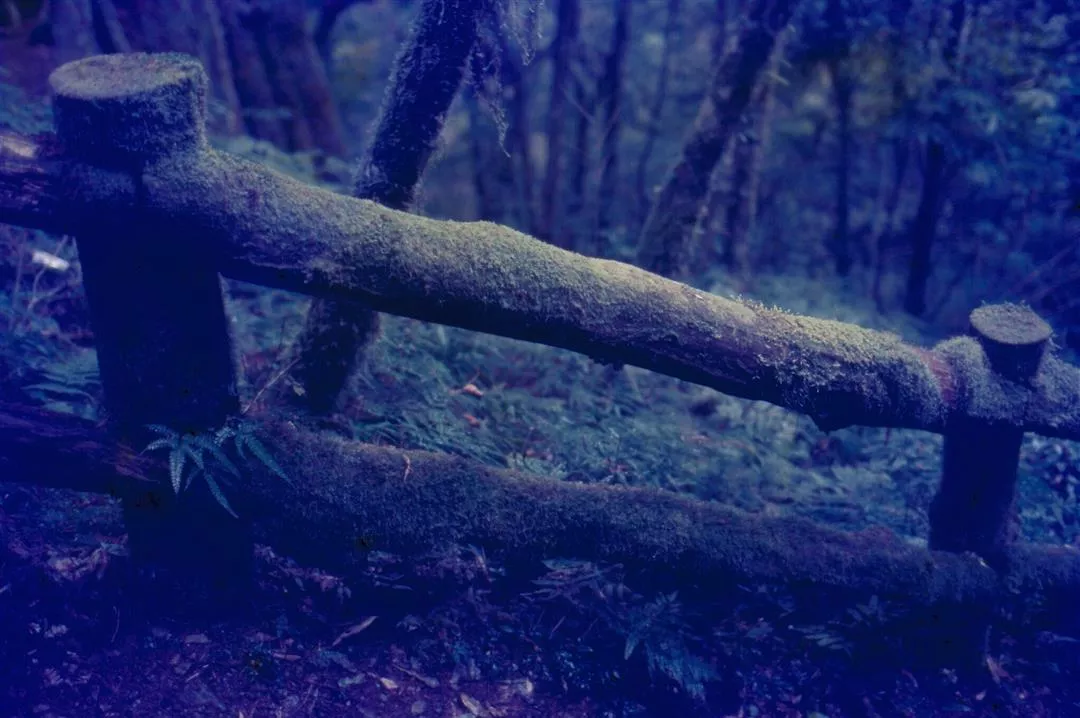
2. The damp climate of Fuhsing Hsiang creates an ideal environment for growing mosses, as evidenced by this wooden fence.
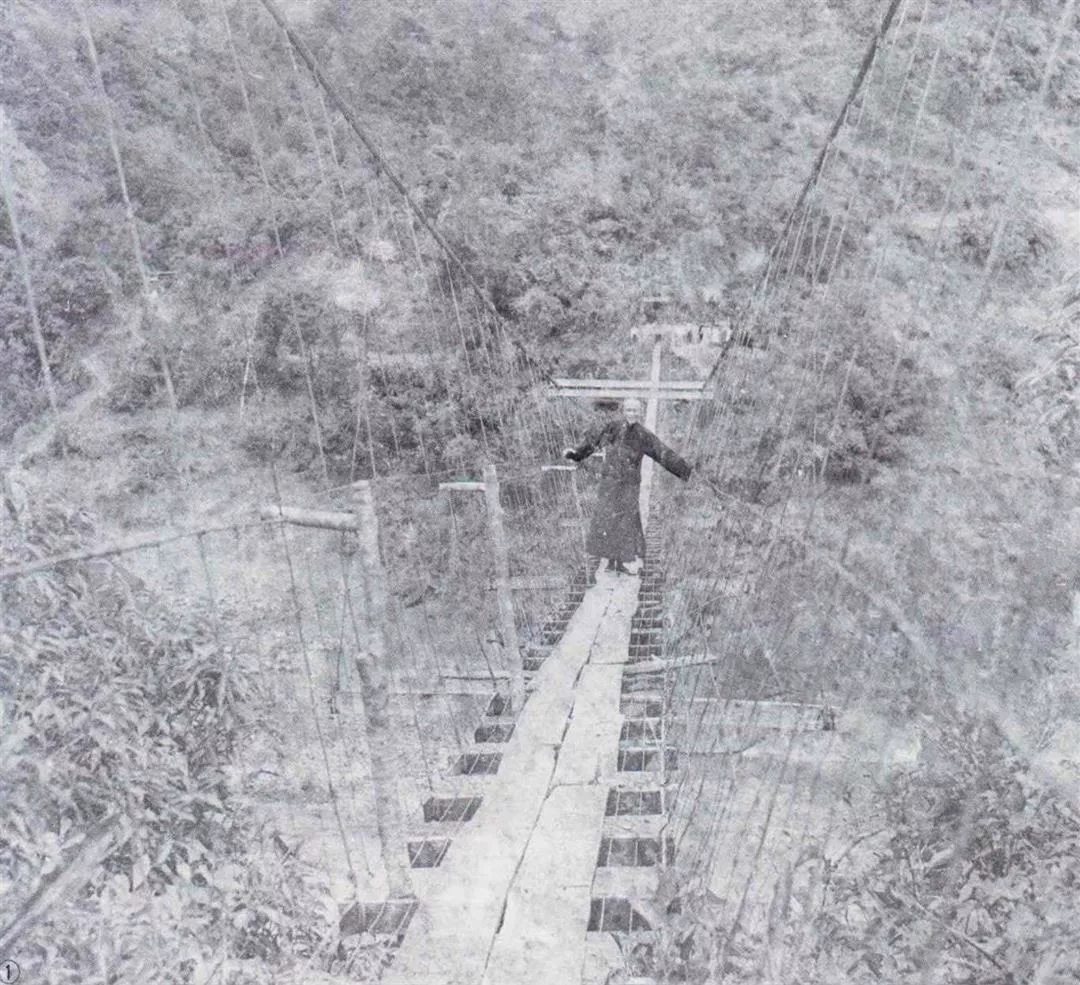
3,4. Late President Chiang Kai-shek had a great love for the Fuhsing Hsiang region. 3. President Chiang Kai-shek crossing a hanging bridge.
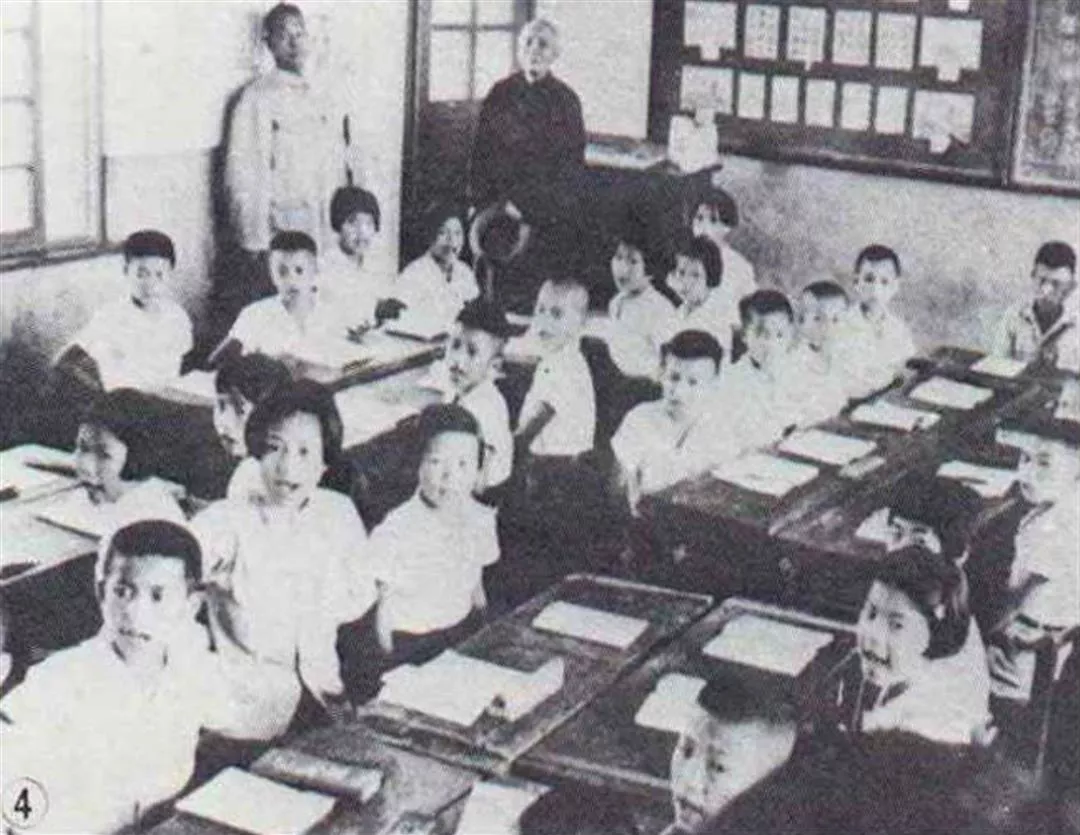
4. President Chiang Kai-shek took a great interest in the welfare of the area's people. Here he is inspecting an elementary school class.
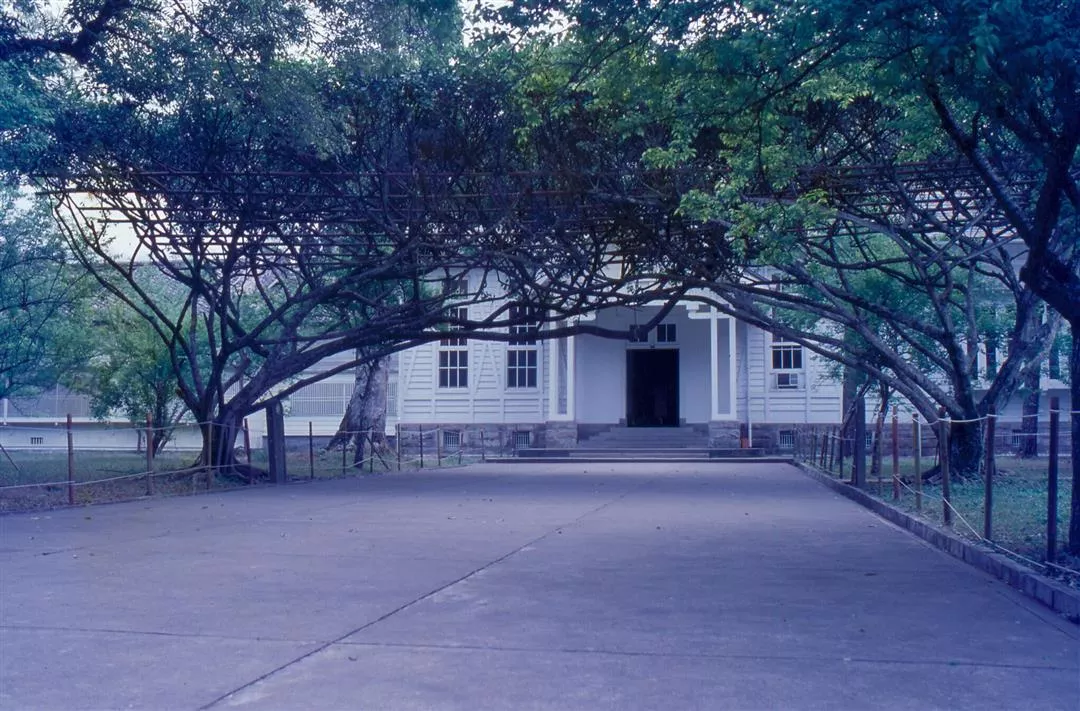
5. The summer retreat of the late President and his wife.
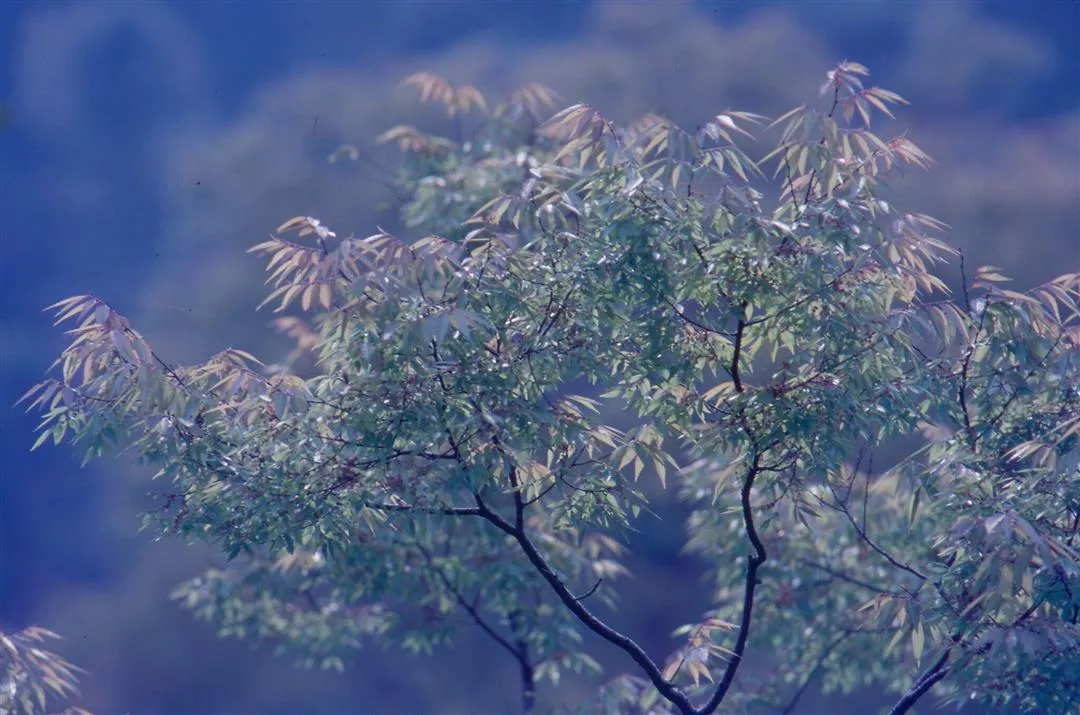
6. An example of the lush mountain greenery of the region.
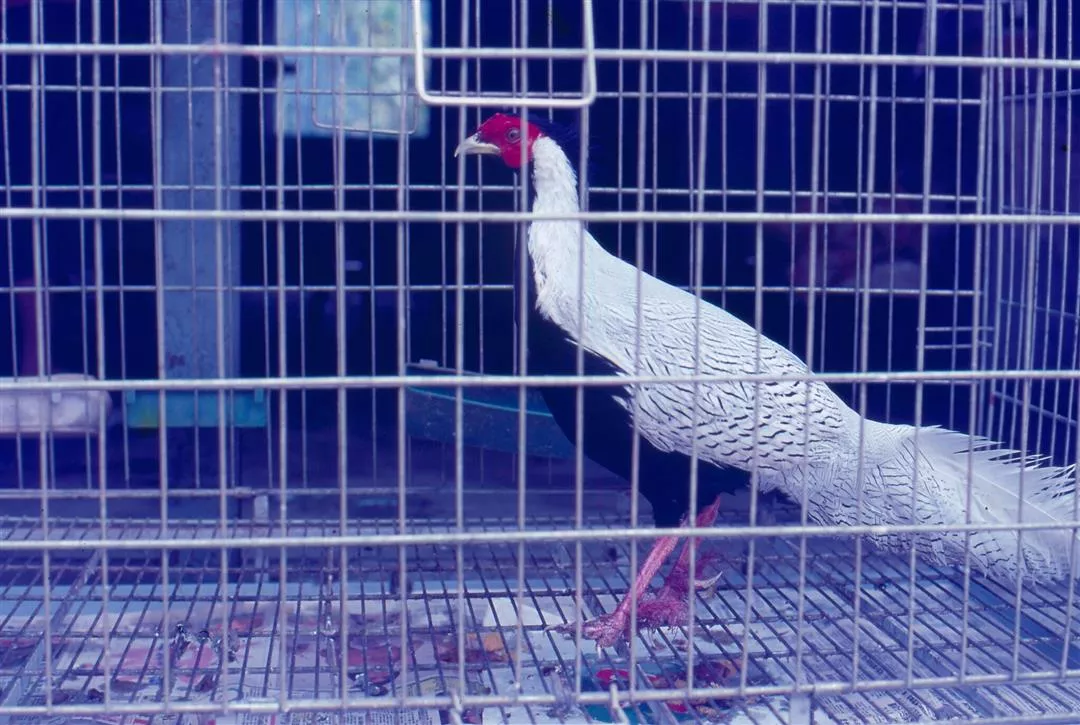
1. A pheasant captured by a mountain resident.
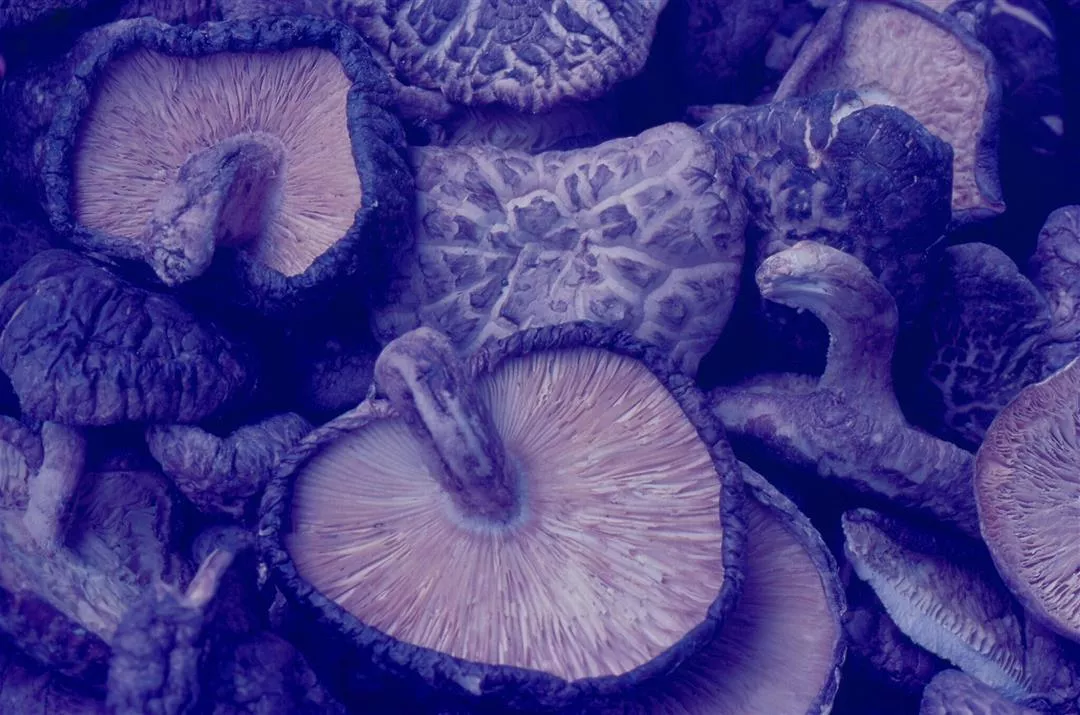
2. Large, flavorful mushrooms are Fuhsing Hsiang's major source of income.
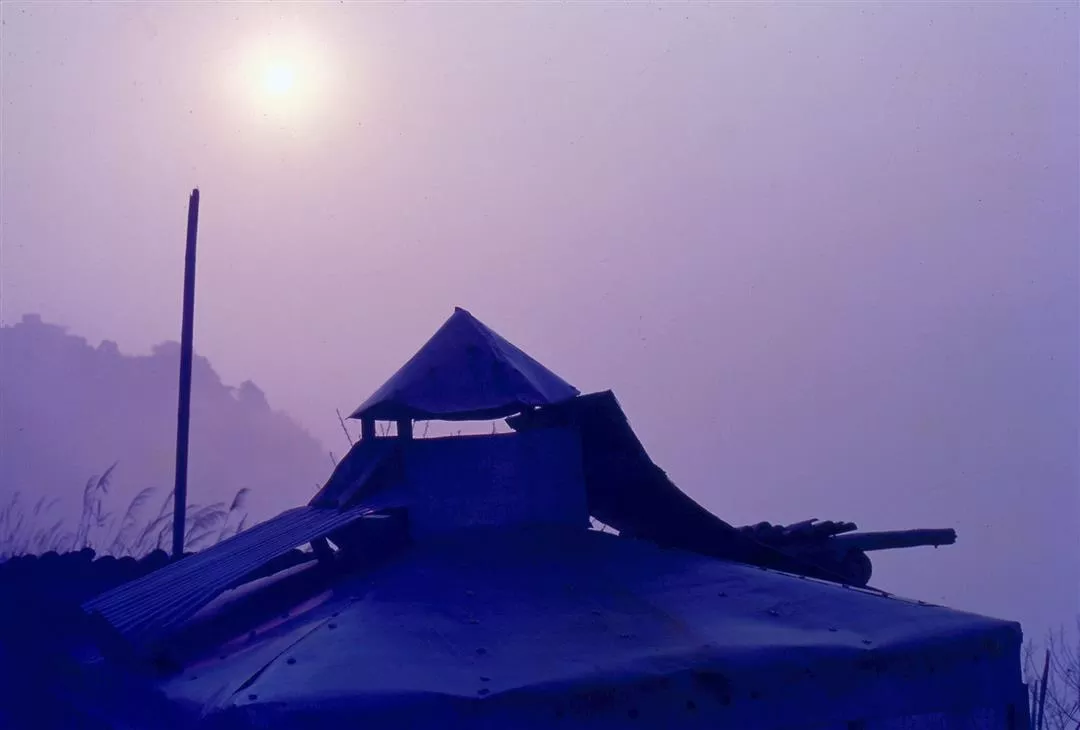
3. Mushrooms are dry-roasted in roasting shacks.
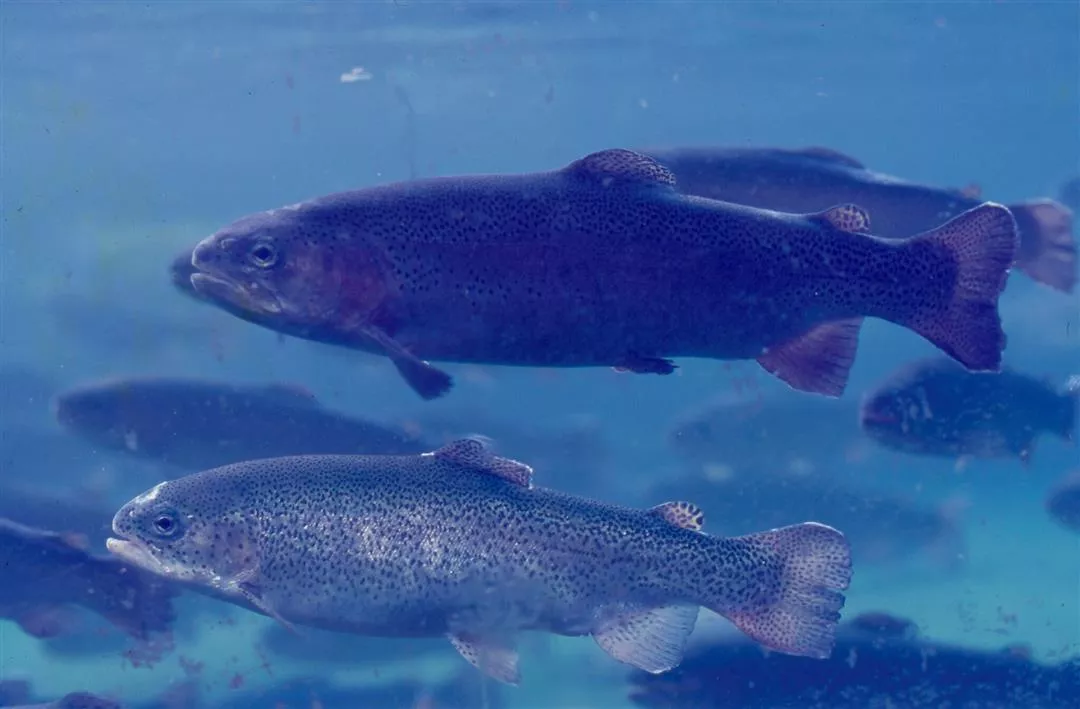
4. Trout are now being raised as a commercial venture by mountain residents.
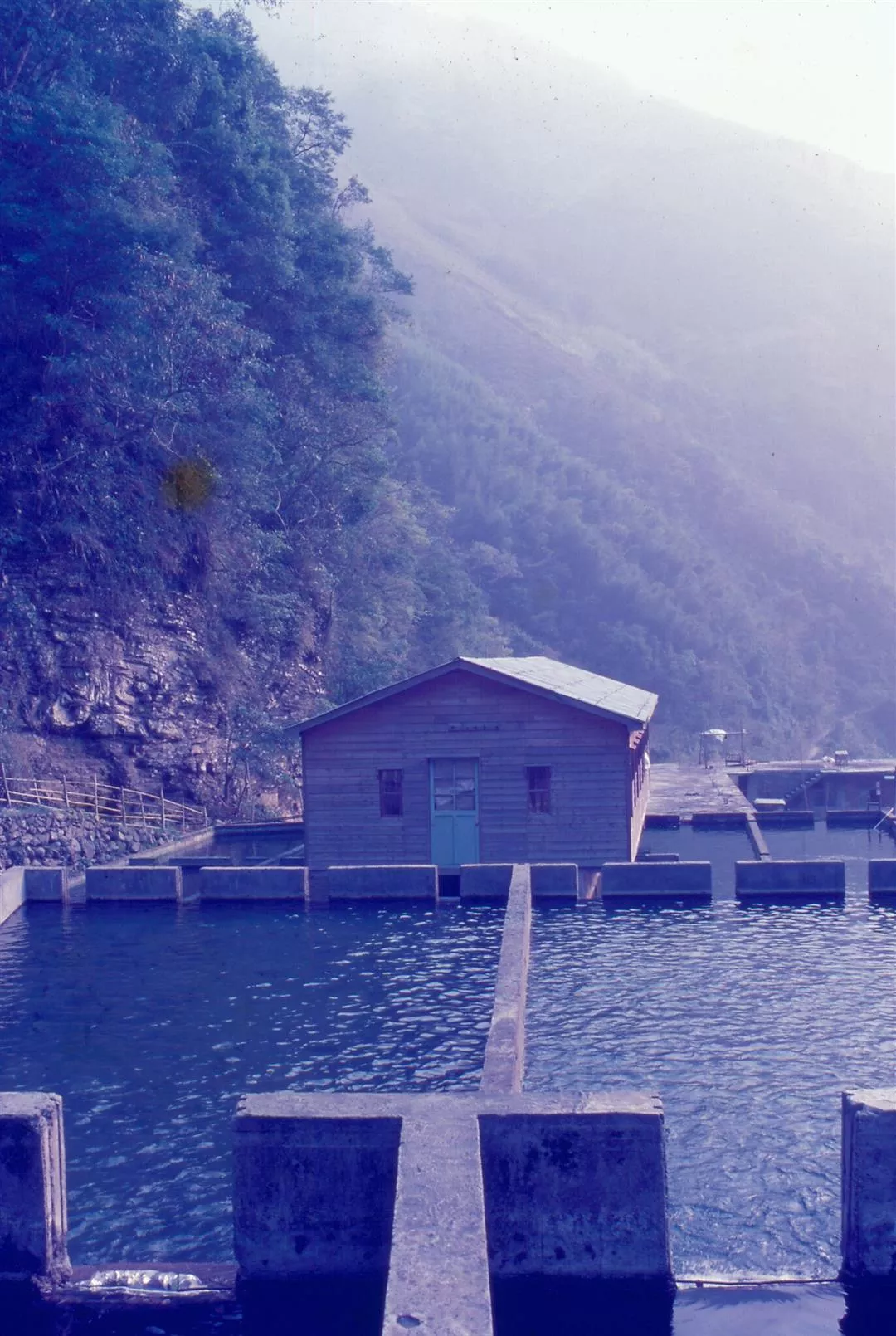
5. Fish ponds used for the fish farming venture.
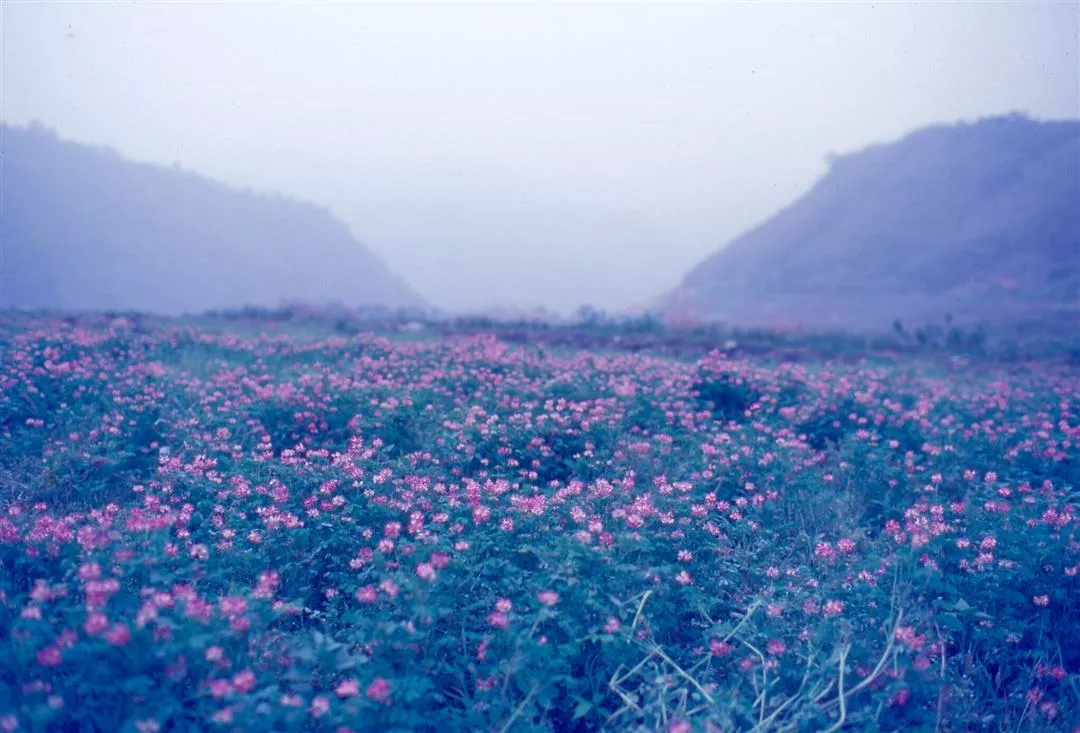
6. During winter farmers' fields lie fallow. Astragaus sinicus, a common wildflower, is plowed under in the spring, providing the soil with nutrients.
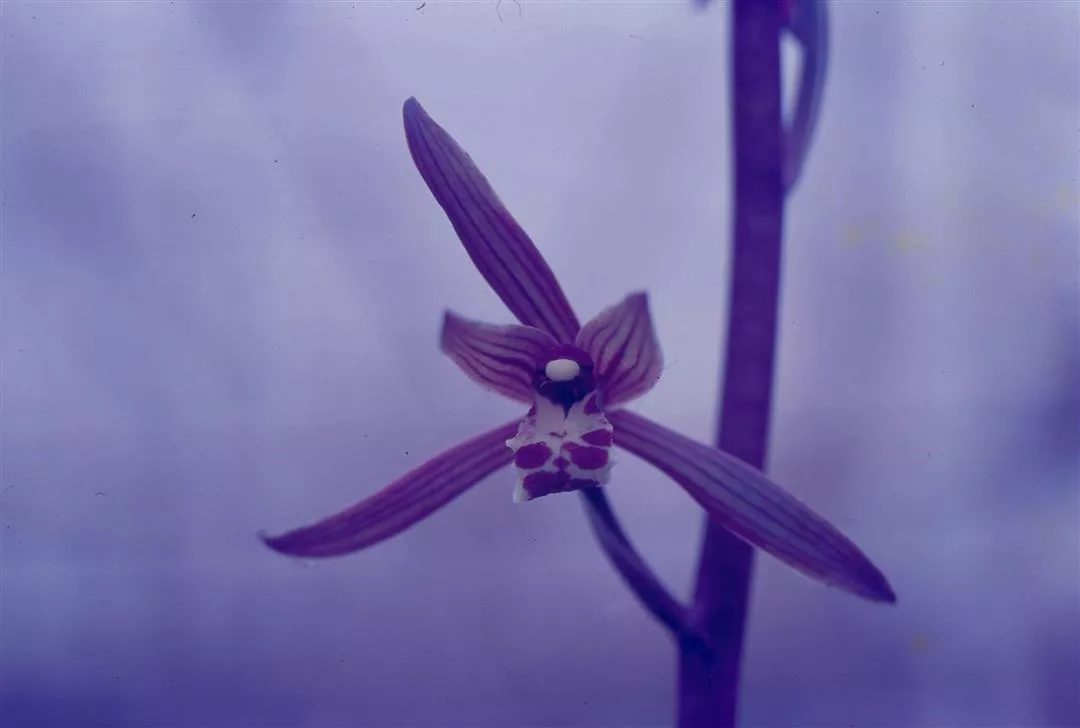
1. Fuhsing Hsiang abounds in a variety of lovely wild orchids.
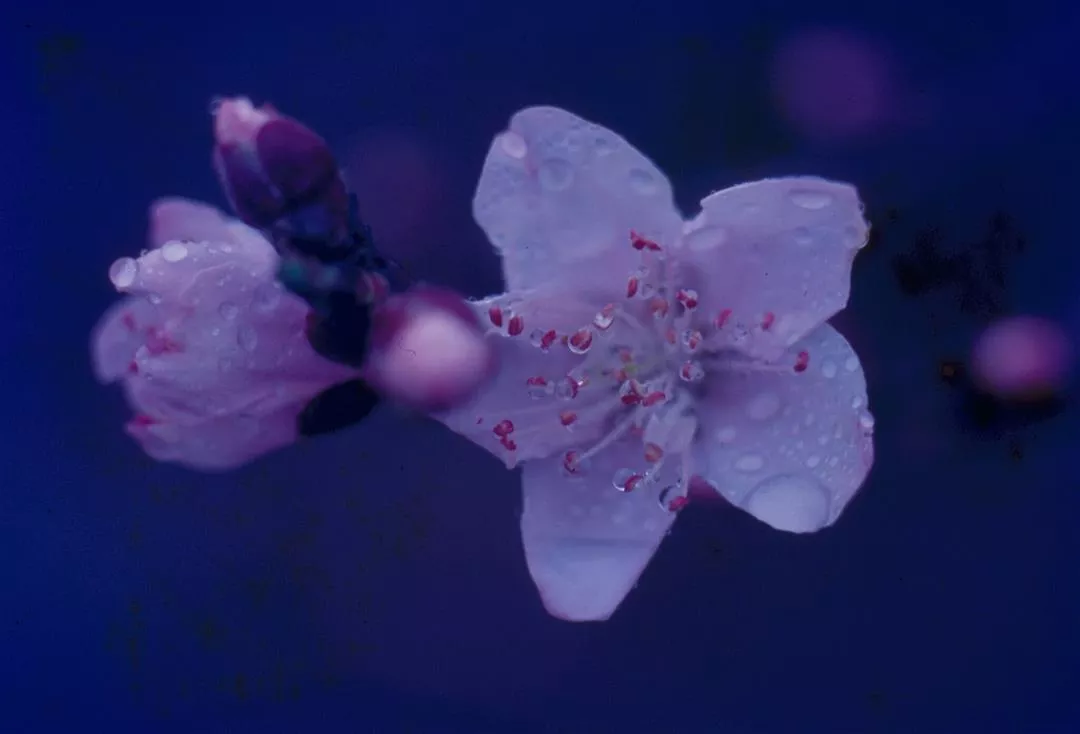
2. The fragrant peach blossom flowers in spring.
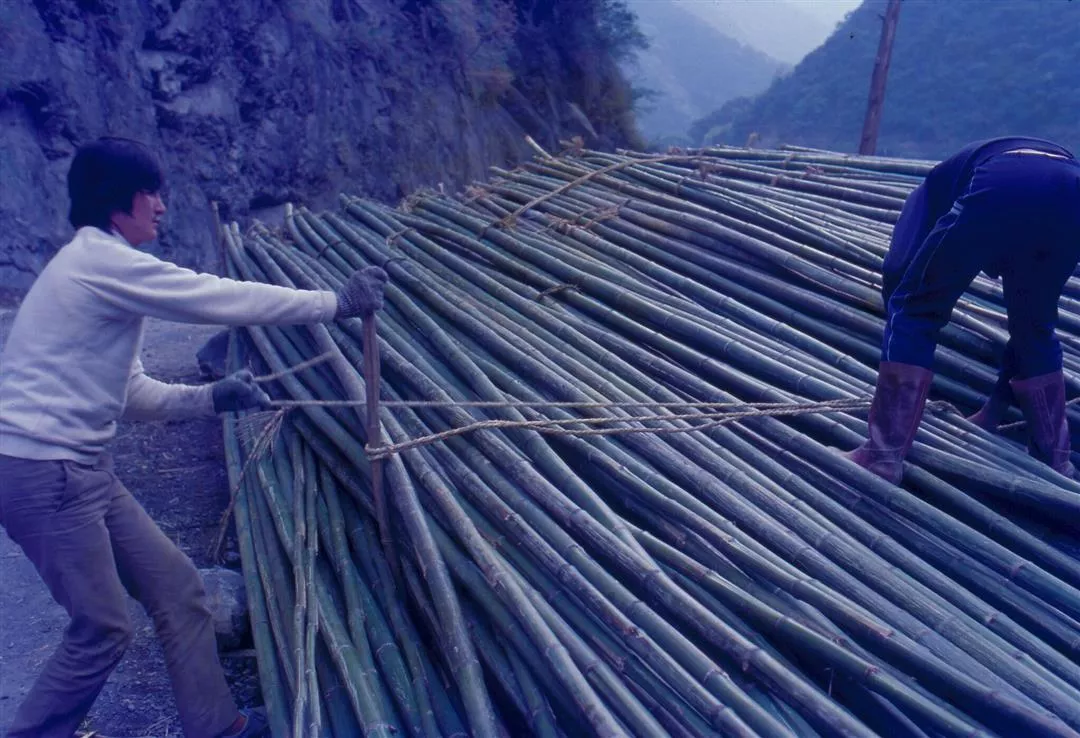
3, 4. Bamboo (3), and lumber.
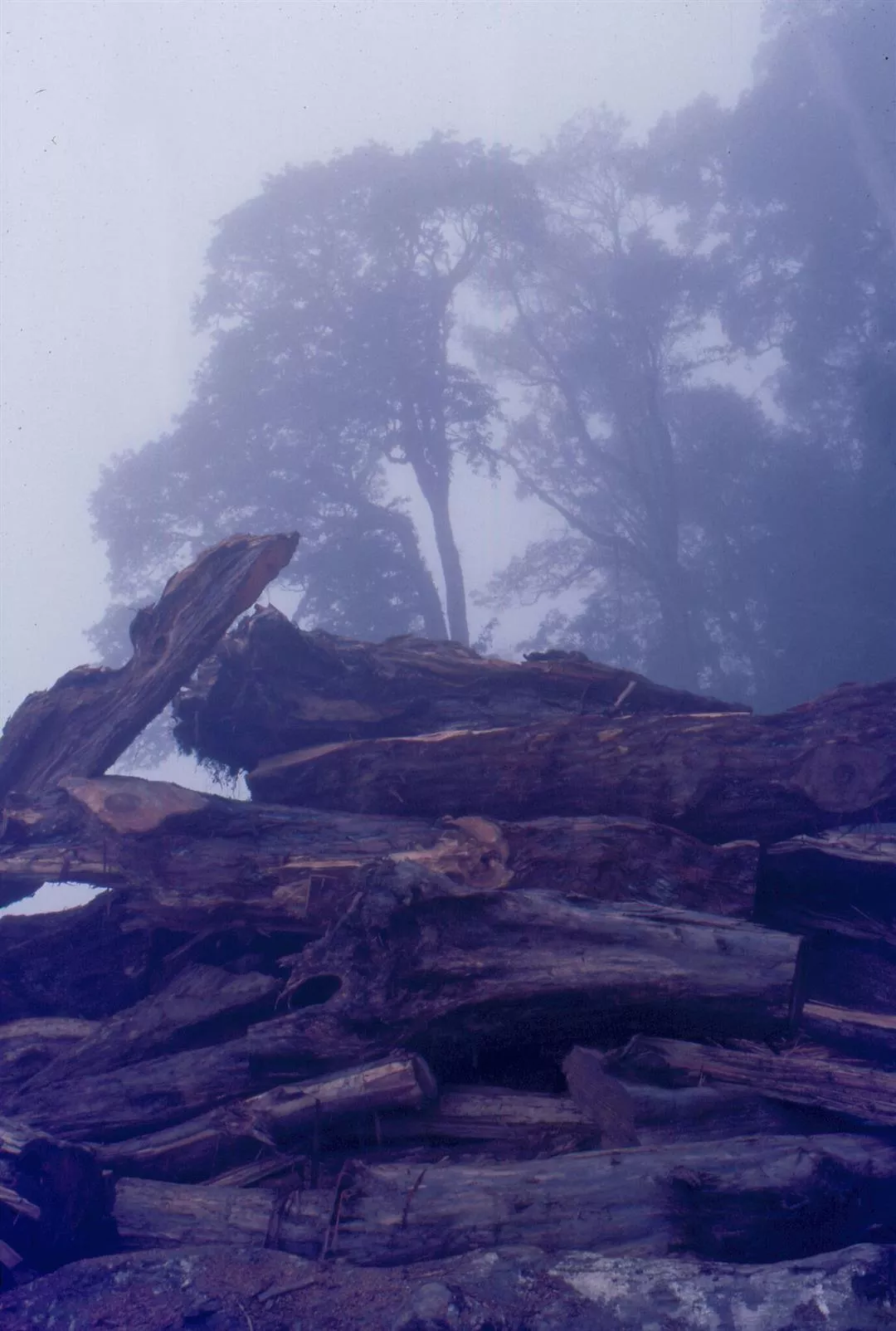
(4) provide the region with a steady source of income.
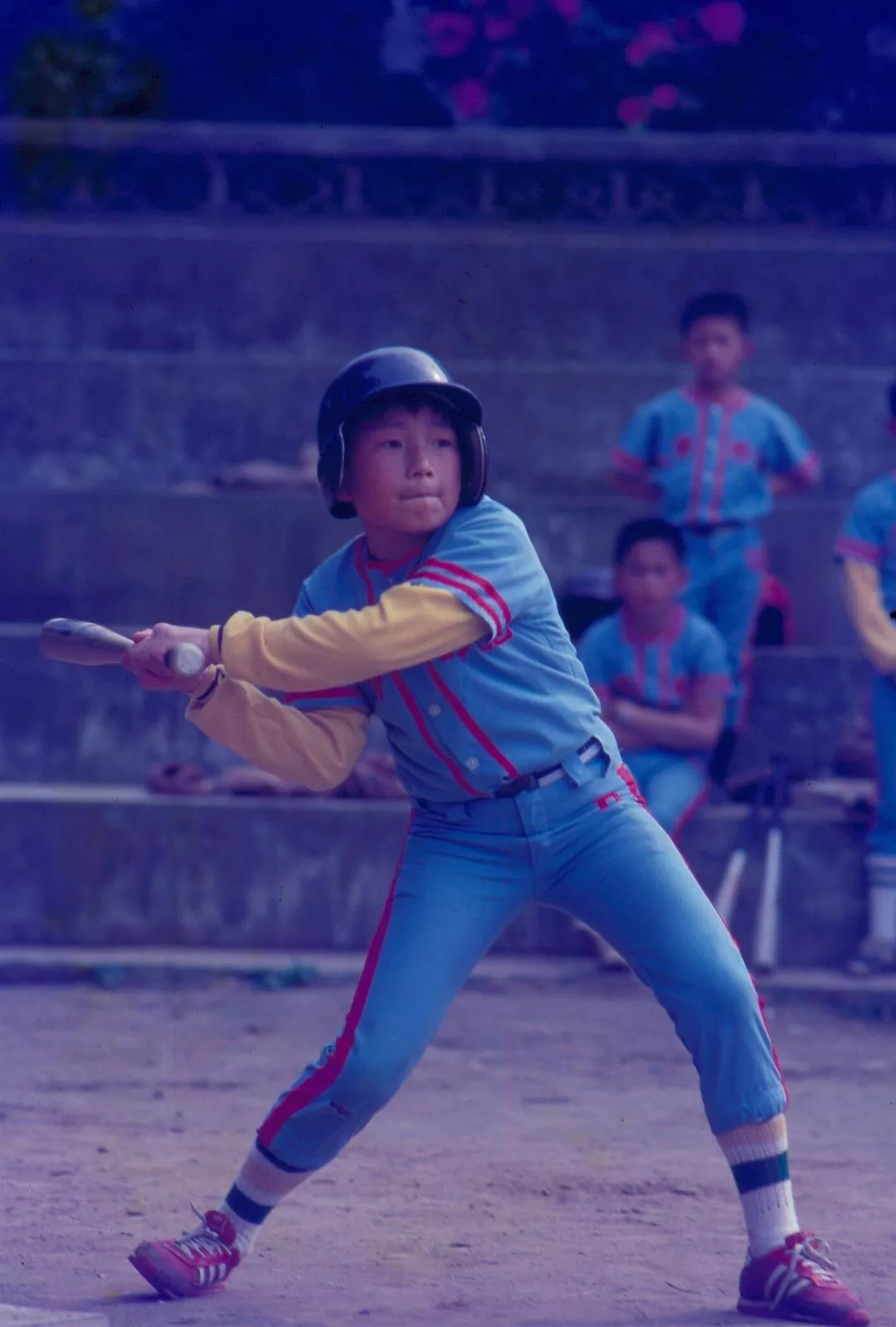
5. Baseball is the favorite sport among the area's children.
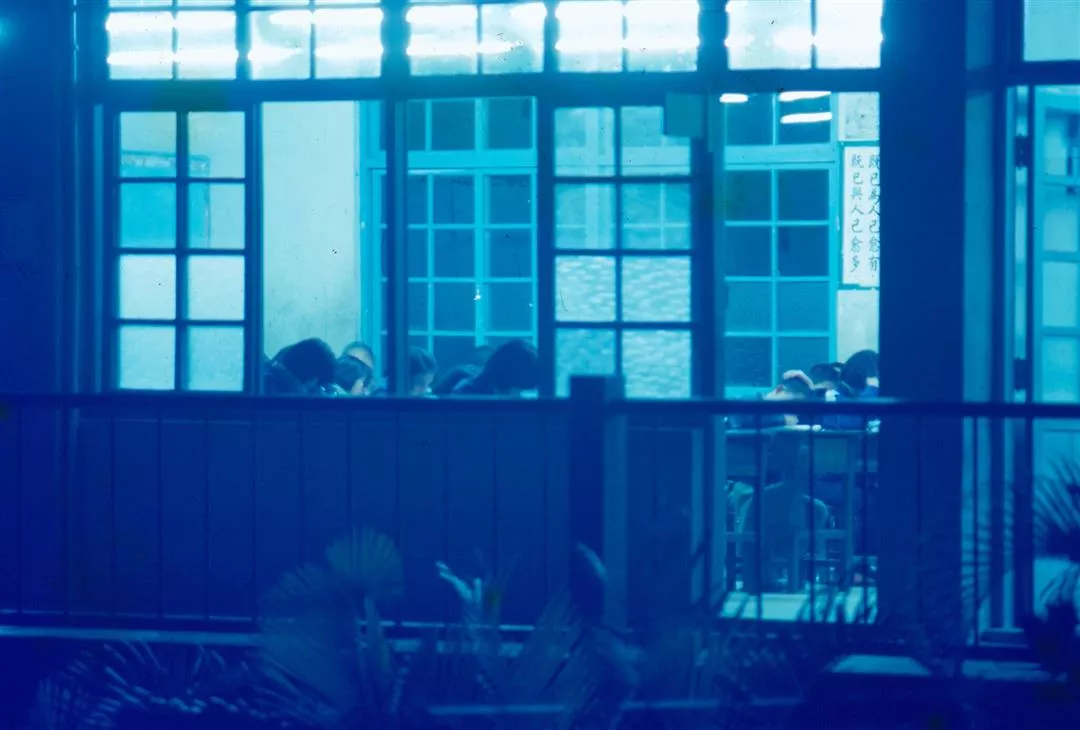
6. Many students live at the Chiehshou elementary school.
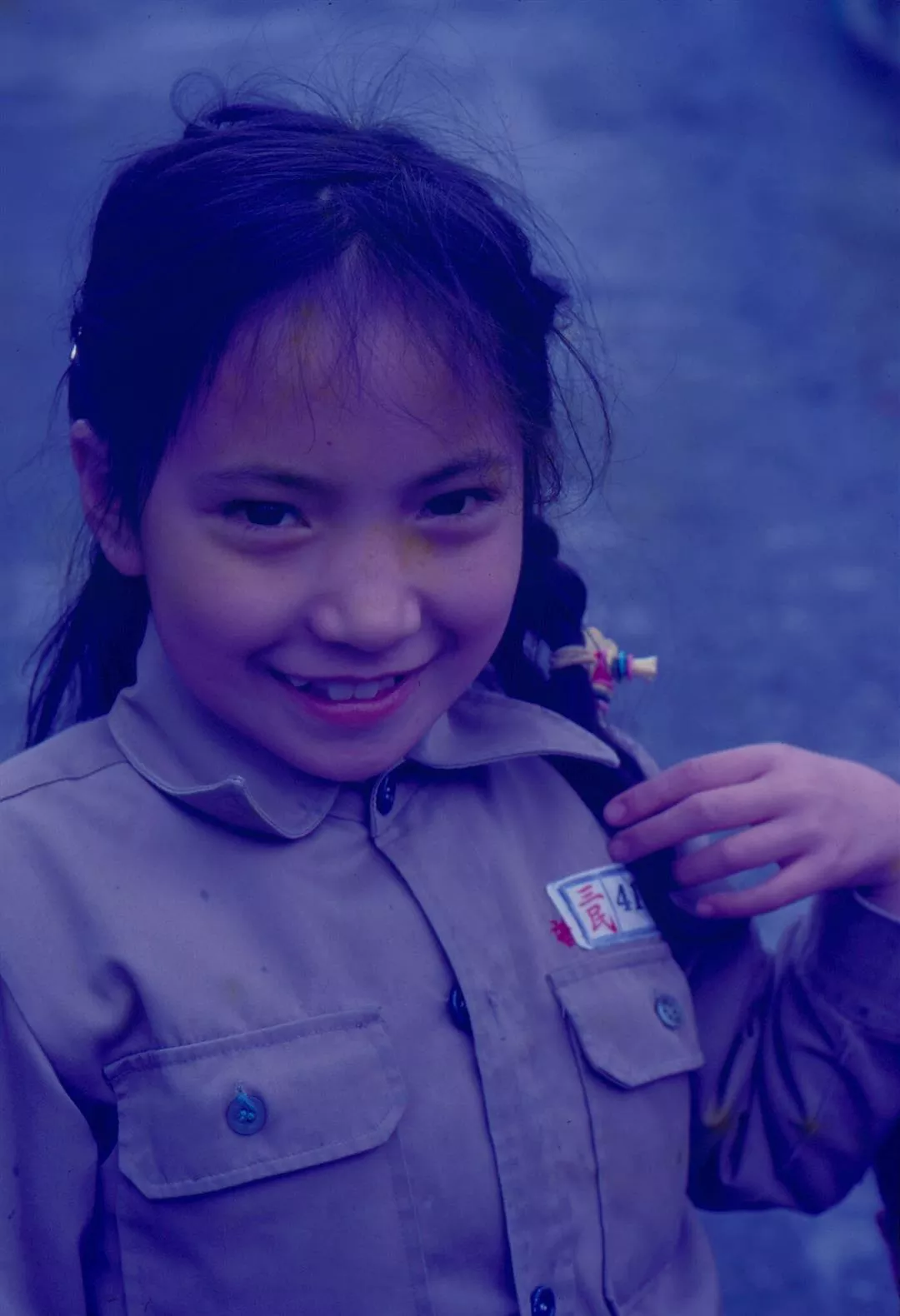
7. The simplicity and innocence of the friendly Taiya people are expressed in the smiling face of this young girl.
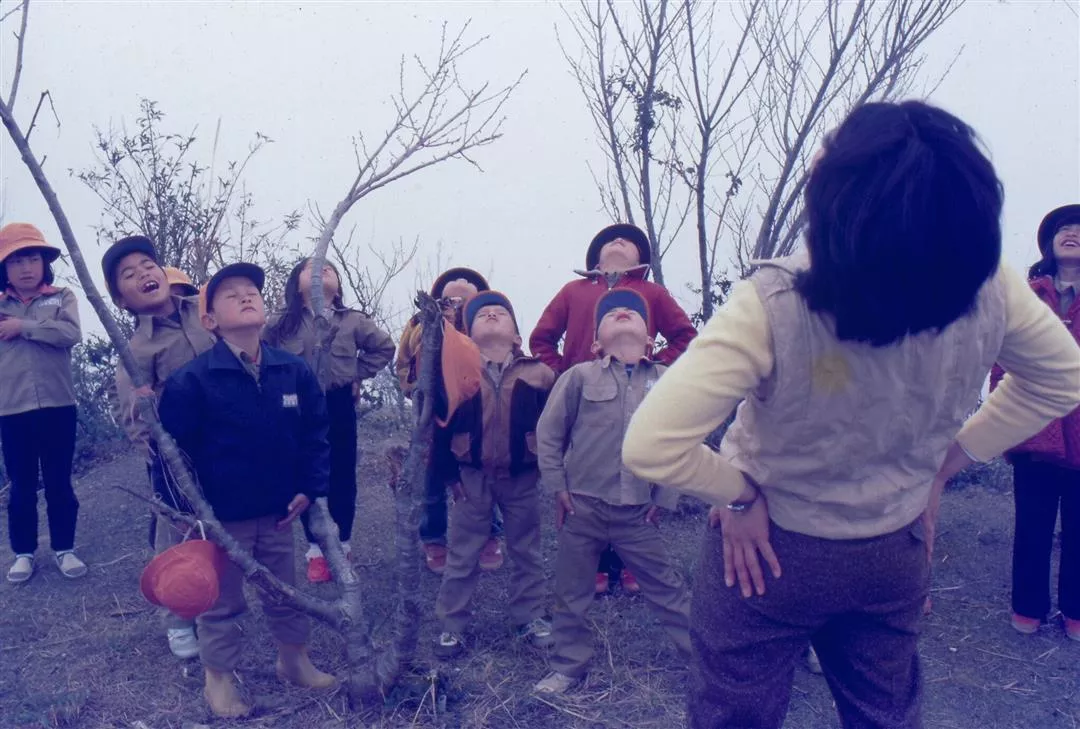
8. With an abundance of natural landscape, students have plenty of opportunity to get out of the classroom and back to nature.
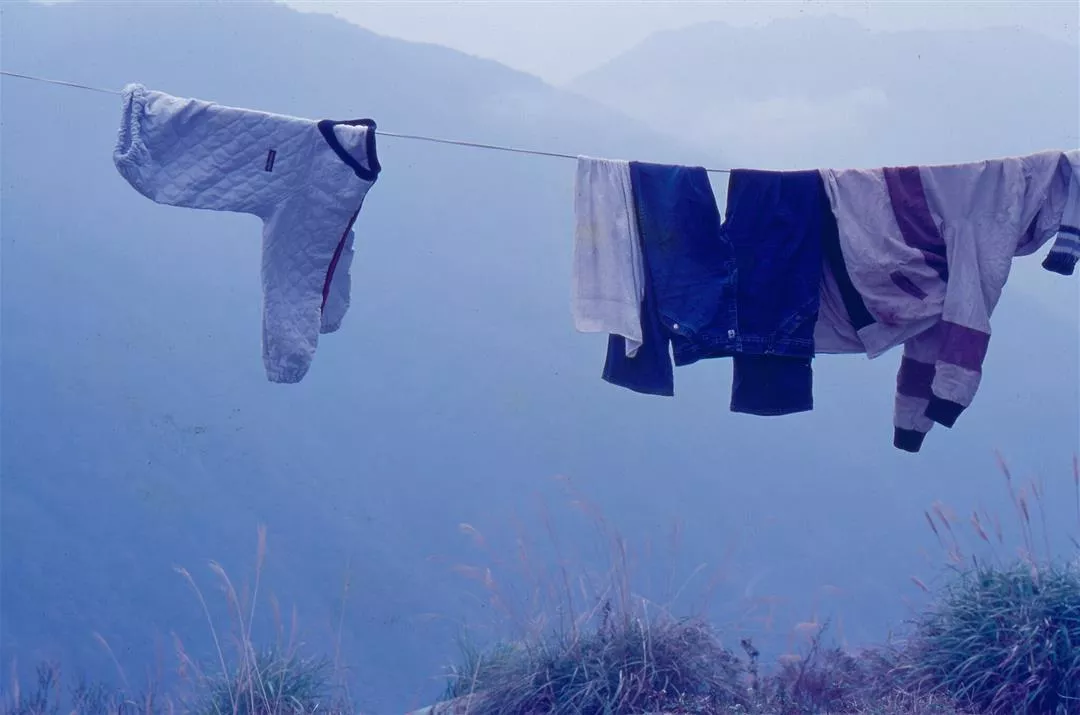
1 . Unlike in the overcrowded city, residents of rural areas can dry clothes out of doors.
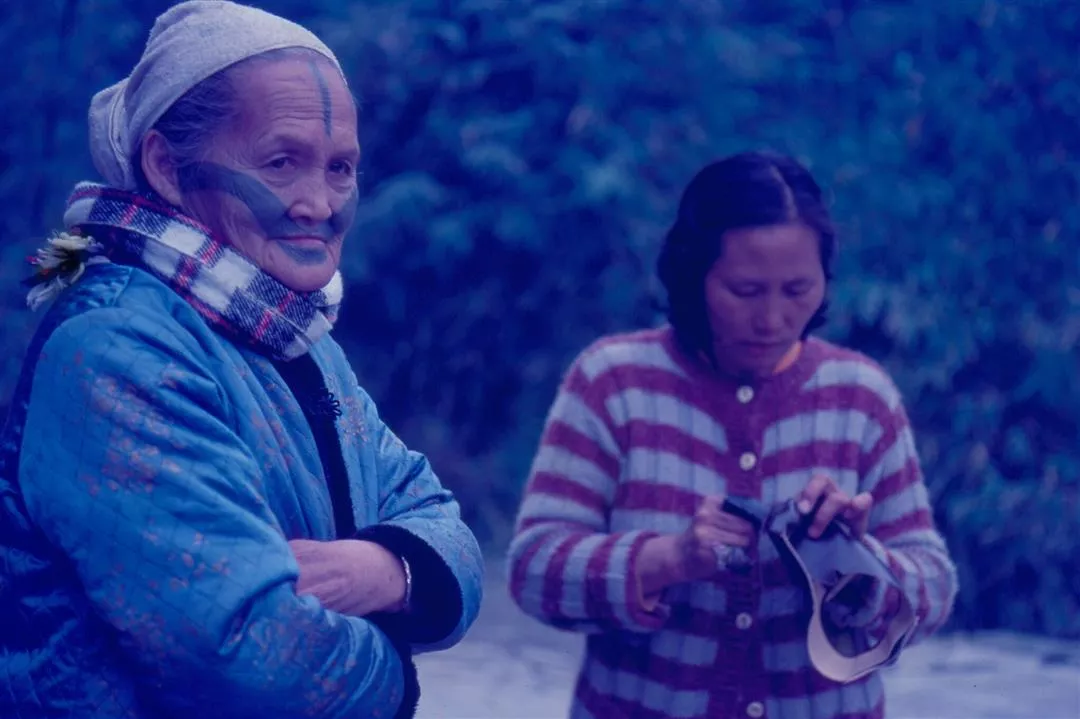
2. Visitors can still catch a glimpse of the intricate tattoos on the faces of older Taiya people.
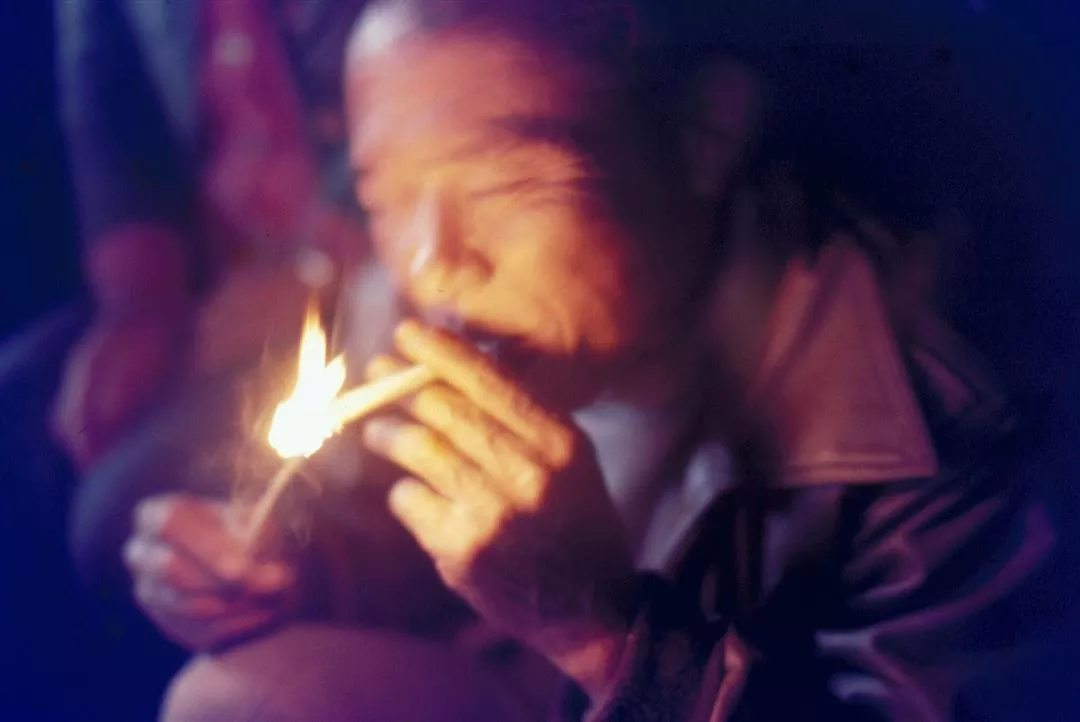
3. During the cool, damp winter months, the Taiya like to warm themselves by the stove. Here a man steals a light for his cigarette.
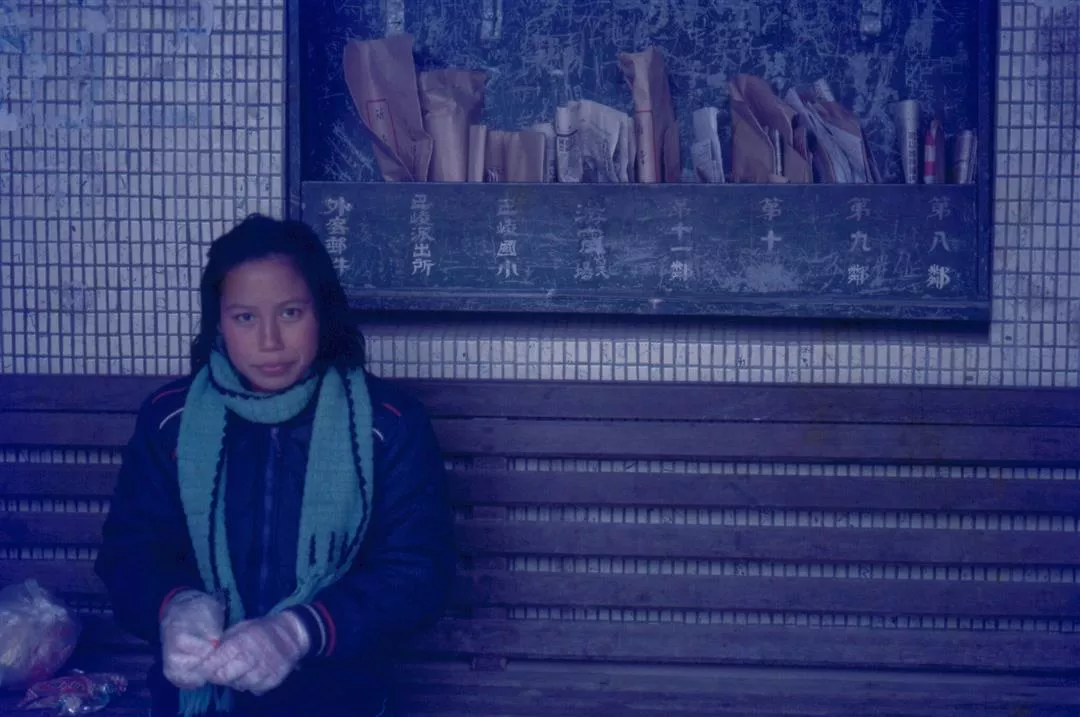
4. Mail is picked up by area residents at a central post office.
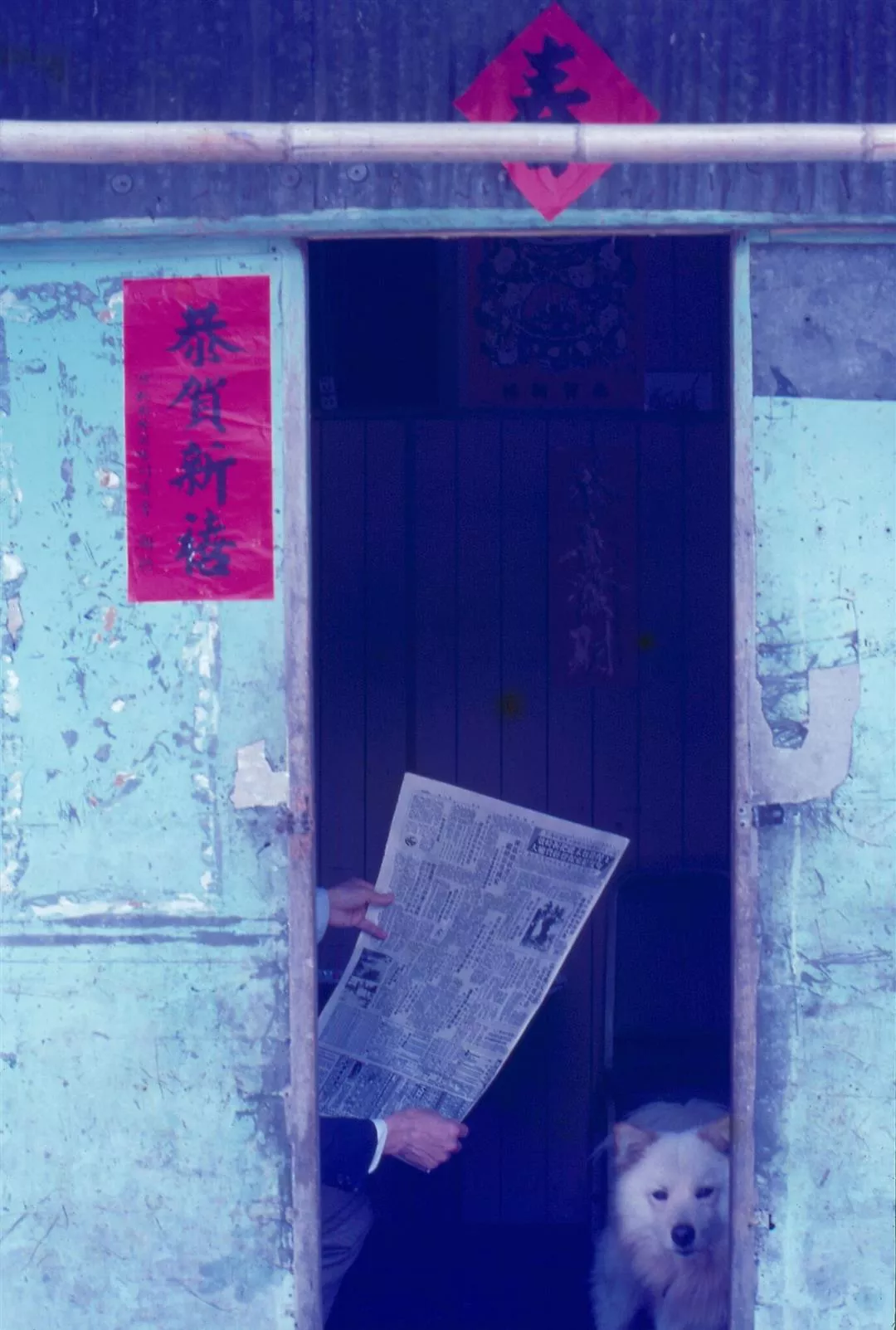
5. With his daily paper and his dog, life is complete for this resident of Fuhsing Hsiang.
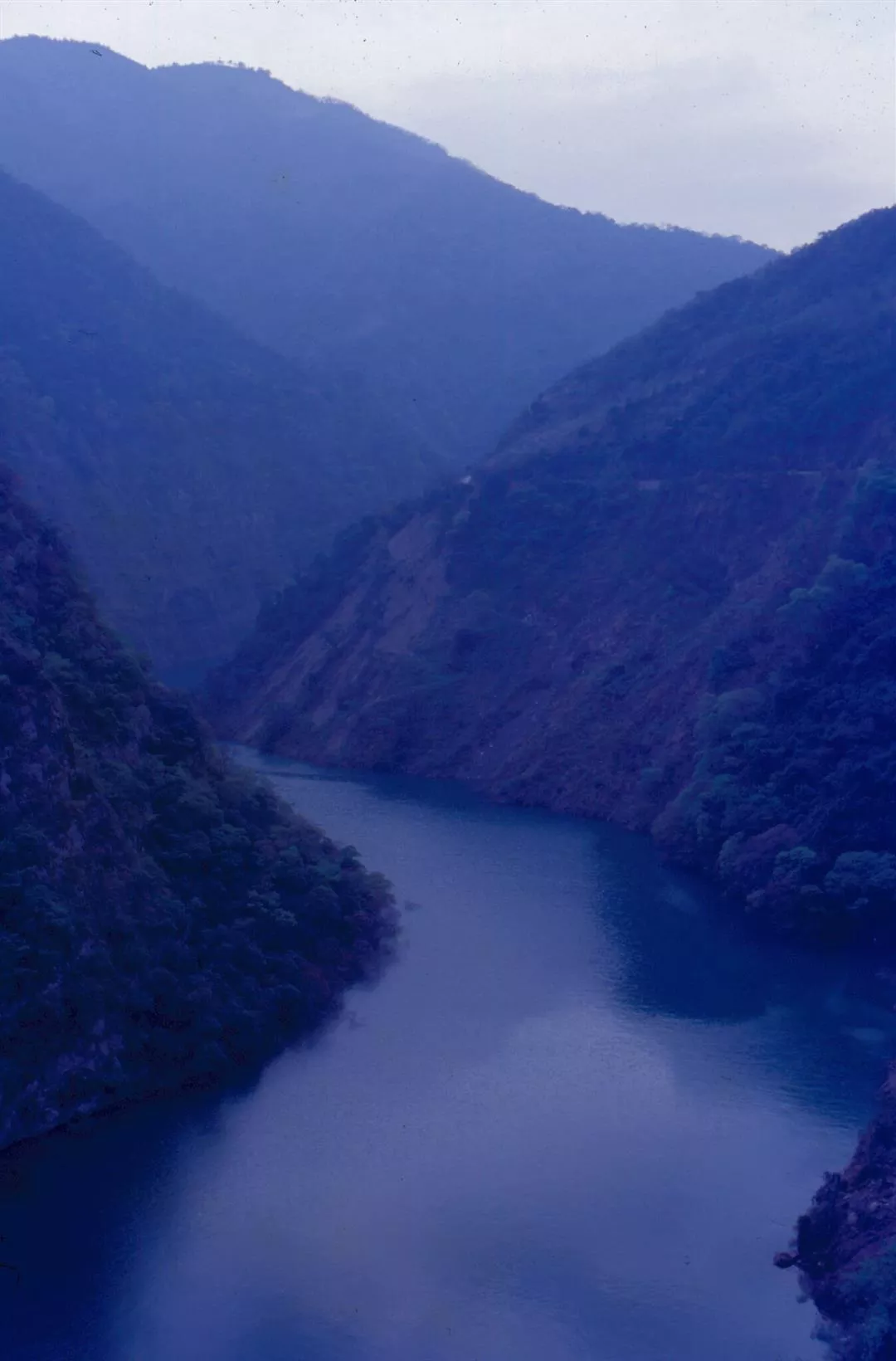
1. Just one example of the magnificent scenery along the northern arm of the Cross Island Highway.
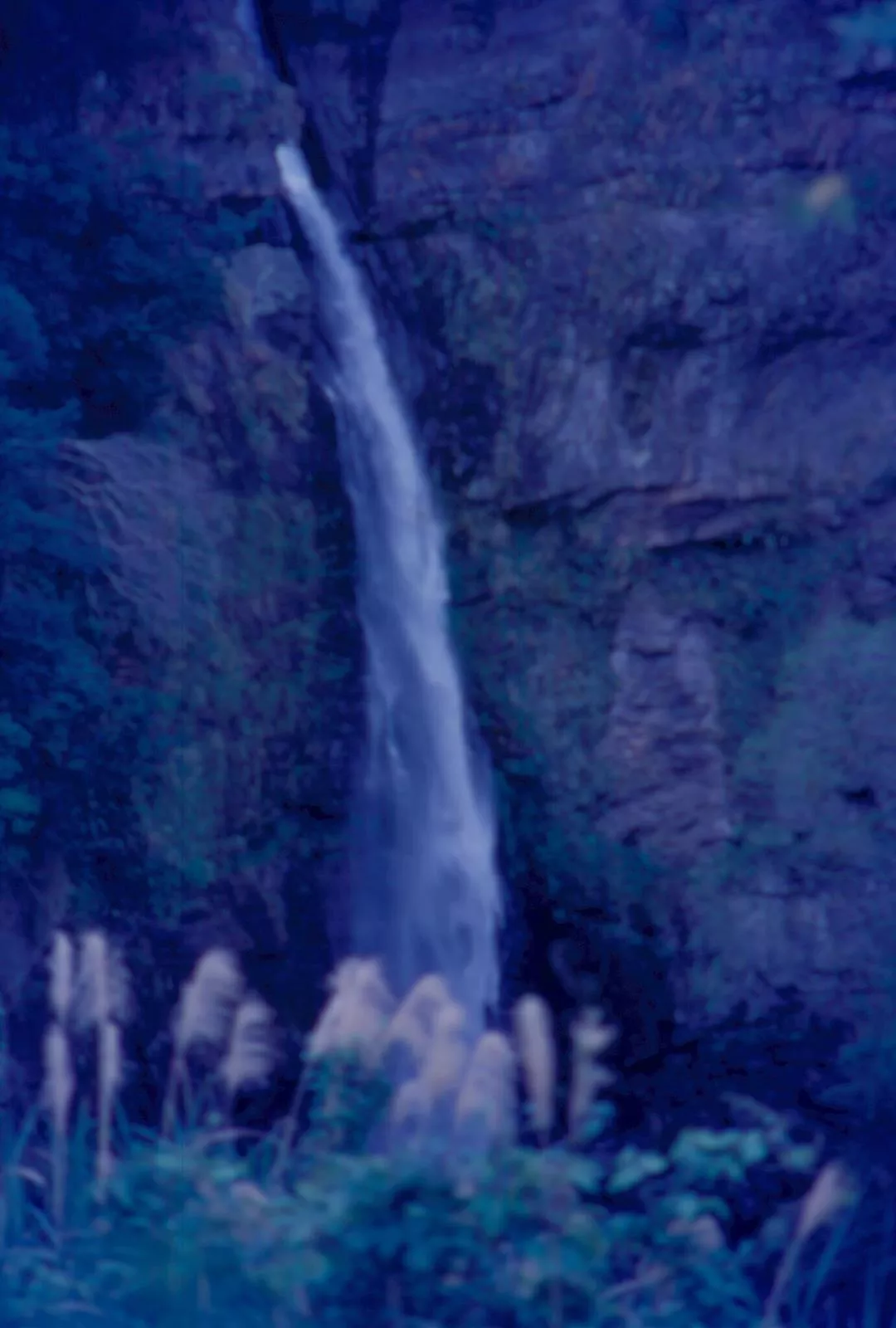
2. Hsiao Wulai waterfall is one of the region's outstanding scenic spots.
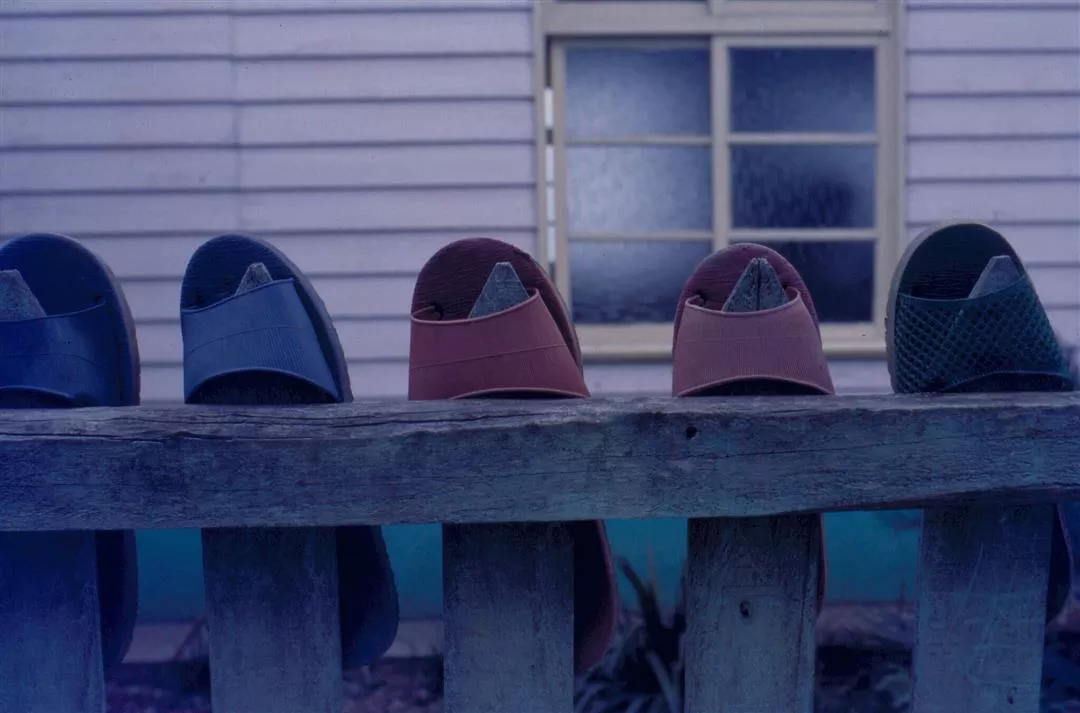
3. A family's slippers are hung on the fence to dry.
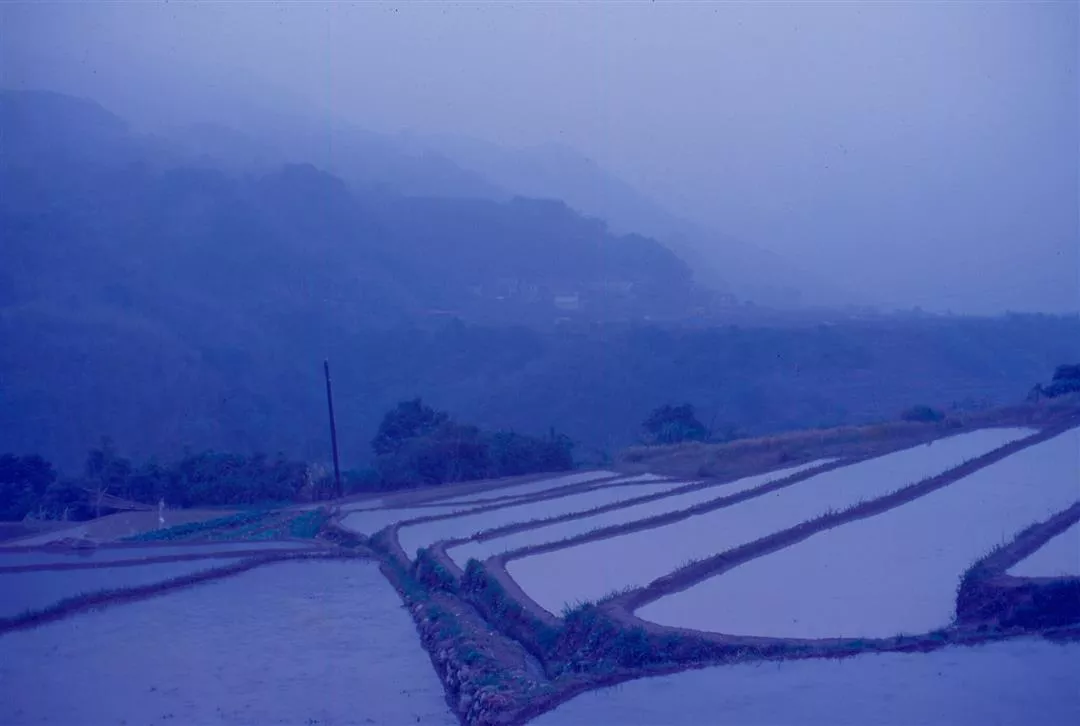
4. Lush terraced fields provide exquisite scenery for the visitor to the Fuhsing Hsiang region.